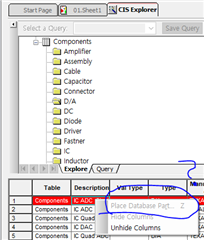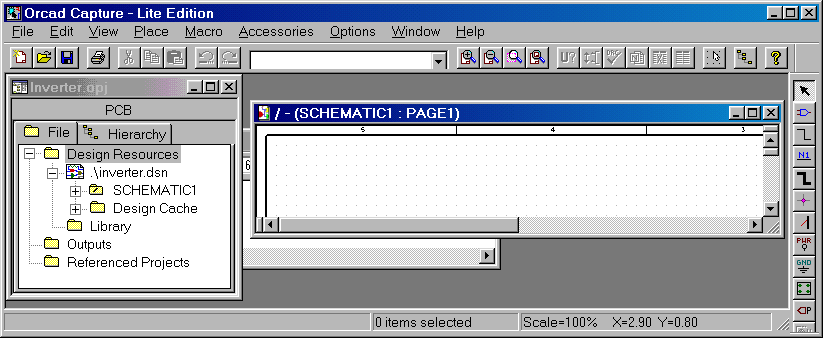

Click Paths > Library in the Categories column to expand the library display. Your selection opens the User Preferences Editor.

You can verify the paths of these variables by selecting the PCB menu, Setup > User Preferences. The PCB Editor variables that point to the location of the symbols and padstacks are PSMPATH and PADPATH respectively. Information presented in the remaining part of this solution article describes how you can verify library paths. As you refine development of your board and update and modify parts, you need to verify your project is reading part information from the correct path. PCB Editor points to these symbols and padstacks paths by default. The symbols included with the PCB Editor installation are often used as a starting point during development of a board design. Note: If you are using a different OrCAD version, such as 17.2, the above paths are the same except 17.2 is used rather than 17.4. Schematic symbol libraries: C:\Cadence\SPB_17.4\tools\capture\Library.PCB symbol libraries: C:\Cadence\SPB_17.4\share\pcb\pcb_lib\symbols.These symbols and padstacks are installed in the following directories: By default the PCB footprint symbols and padstacks are automatically installed with the installation of PCB Editor. Such error messages occur when there are configuration issues with library paths. How can I organize my library files to correct and avoid this type of issue? I received cryptic error messages from the netlist import that I am unable to resolve. I ran into problems after I completed the surface mount pad stacks and tried to change the directory so I could change padstacks to through hole connectors. We are just starting to use the OrCAD tools to design PCBs. Solution home General PCB Editor OrCAD Library Management


 0 kommentar(er)
0 kommentar(er)
